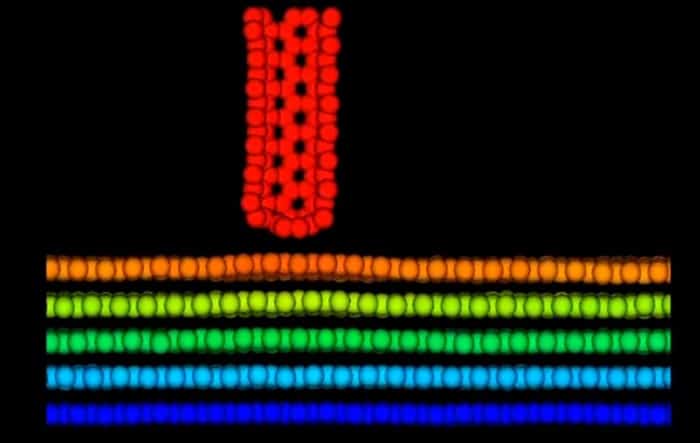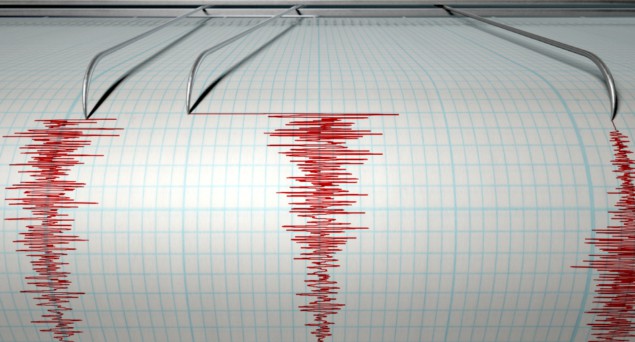Friction has memory, say physicists
19 Jun 2018
Experiments by Sam Dillavou and Shmuel Rubinstein at Harvard University have, for the first time, revealed that the friction between two surfaces has a “memory”. This means that the force can depend not only on the present state of the interface but also on how the interface has reached its current state.
This new insight could have a bearing on how physicists characterize friction in materials such as rock, metals and paper and apply to a wide range of physical systems from micromachines to earthquakes.
Contact area
The amount of friction generated by two surfaces is directly related to their contact area. Microscopic irregularities in the surfaces are gradually flattened as time progresses, increasing the contact area and therefore increasing friction.

Under these conditions, the contact area, and thus friction, increases logarithmically with time in a process known as ageing. “The observed behaviour is always logarithmic,” explains Dillavou, “with the magnitude of the logarithm proportional to the force applied”.
In the new experiments, Dillavou and Rubinstein used two clear acrylic slabs, one on top of the other. By shining light on the interface, they can measure the contact area. In one experiment they applied a constant normal force, which pushed the slabs together. After a certain amount of time, the researchers reduced the normal force to a lower value. Surprisingly, “under the constant second load, the contact area shrank for some time, then spontaneously began growing,” says Dillavou.
Repeating the experiments with different waiting times before reducing the load and different forces, it became clear that the system had “remembered” how it reached its current state and was evolving based on its history, not just its current state.
Out of sync
Next, the researchers conducted the same tests but applied an increasing lateral shear force on one block until the interface slipped. This allowed them to measure the coefficient of static friction, which should correspond directly with the area of contact.
Once again friction fell and rose again after load reduction, exhibiting the same memory effect. Surprisingly, however, this change did not occur in tandem with the area of contact. Indeed, friction rose while the area of contact continued to fall.
“Finding that the two values could evolve in opposite directions was a bit of a surprise,” says Dillavou, who attributes the discrepancy to certain regions of the interface being more important than others with regards to friction.
Glassy system
To understand these puzzling experimental results in more detail, the team turned to a universal model for ageing in disordered systems. Previously used to describe “glassy” systems such as crumpled paper and elastic foams, the theory was also able to explain the results from the friction experiments.READ MORE

“The theory is phenomenological, meaning it is not about a single physical process, but rather a class of processes,” explains Dillavou. Hence, plastic creep, adhesive bonding or any analogous thermally activated process could contribute to the ageing, de-ageing and memory effects witnessed. “The process that generates this ubiquitous behaviour may actually be several processes,” Dillavou muses.
Hiroshi Matsukawa from Aoyama Gakuin University in Japan, finds the results “very interesting”, and believes they could “open a new world of tribology in relation to glassy dynamics”.
The research is described in Physical Review Letters.
20/9/2018 FROM PHYSICSWORLD.COM
 Memory fault: friction study could provide new insights into why earthquakes happen. (Courtesy: iStock/allanswort)
Memory fault: friction study could provide new insights into why earthquakes happen. (Courtesy: iStock/allanswort)
Δεν υπάρχουν σχόλια:
Δημοσίευση σχολίου